Unlock the differences between Reserve and Active Duty military service. Discover the 5 key distinctions in commitment, training, deployment, benefits, and lifestyle. Learn how to choose the right path for your military career, from part-time Reserve roles to full-time Active Duty positions, and make an informed decision about your future.
Military service is a significant commitment, and those who choose to serve have two main options: reserve or active duty. While both paths involve serving in the armed forces, there are distinct differences between the two. Understanding these differences is crucial for individuals considering a career in the military. In this article, we will explore the 5 key differences between reserve and active duty to help you make an informed decision.
The decision to join the military is a life-changing one, and it's essential to consider the various factors that come with each option. From the nature of service to education benefits, the differences between reserve and active duty are substantial. Whether you're looking for a full-time career in the military or a part-time commitment, it's crucial to understand the implications of each choice.
One of the primary reasons individuals choose to join the military is for the education benefits. The military offers various education programs, including the GI Bill, which can help pay for college or vocational training. However, the education benefits differ between reserve and active duty. Active-duty personnel are eligible for the Montgomery GI Bill-Active Duty (MGIB-AD), which provides up to 36 months of education benefits. In contrast, reserve personnel are eligible for the Montgomery GI Bill-Selected Reserve (MGIB-SR), which provides up to 36 months of education benefits, but with different eligibility requirements.
Service Commitment

The service commitment is one of the most significant differences between reserve and active duty. Active-duty personnel typically serve full-time in the military, with a minimum service commitment of 4-6 years, depending on the branch and job specialty. In contrast, reserve personnel serve part-time, typically one weekend a month and two weeks a year, with a minimum service commitment of 6-8 years. This difference in service commitment can significantly impact an individual's career and personal life.
Types of Reserve Service
The reserve component of the military offers various types of service, including:
- Selected Reserve (SELRES): This is the primary reserve force, which includes drilling units and individual augmentees.
- Individual Ready Reserve (IRR): This is a non-drilling reserve force, which includes personnel who are not assigned to a drilling unit but can be recalled to active duty in times of need.
- Inactive National Guard (ING): This is a non-drilling reserve force, which includes personnel who are not assigned to a drilling unit but can be recalled to active duty in times of need.
Benefits and Pay

The benefits and pay for reserve and active-duty personnel differ significantly. Active-duty personnel receive full-time pay and benefits, including access to on-base facilities, healthcare, and shopping privileges. Reserve personnel, on the other hand, receive part-time pay and benefits, including access to some on-base facilities and healthcare. However, reserve personnel are also eligible for civilian employment and education benefits.
Pay and Allowances
The pay and allowances for reserve and active-duty personnel are based on their rank, time in service, and job specialty. Active-duty personnel receive full-time pay, which is based on their Basic Allowance for Housing (BAH) and Basic Allowance for Subsistence (BAS). Reserve personnel, on the other hand, receive part-time pay, which is based on their drill pay and annual training pay.
Education and Training
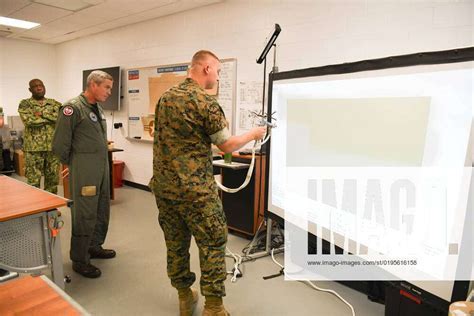
The education and training for reserve and active-duty personnel differ significantly. Active-duty personnel receive full-time education and training, which includes basic training, job-specific training, and advanced education programs. Reserve personnel, on the other hand, receive part-time education and training, which includes drill periods and annual training.
Officer Candidate School
Officer Candidate School (OCS) is a training program for individuals who want to become officers in the military. Active-duty personnel can attend OCS full-time, while reserve personnel can attend OCS part-time.
Deployment and Activation
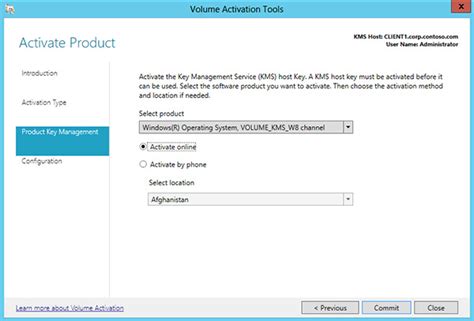
The deployment and activation policies for reserve and active-duty personnel differ significantly. Active-duty personnel can be deployed at any time, while reserve personnel are typically deployed in support of specific operations or emergencies. However, reserve personnel can be activated in times of war or national emergency.
Mobilization and Deployment
Mobilization and deployment are critical components of military service. Active-duty personnel can be deployed at any time, while reserve personnel are typically deployed in support of specific operations or emergencies. However, reserve personnel can be activated in times of war or national emergency.
Family and Career Impact

The family and career impact of reserve and active-duty service differ significantly. Active-duty personnel often have to relocate frequently, which can impact their family life and career advancement. Reserve personnel, on the other hand, can maintain a civilian career and family life while serving part-time in the military.
Career Advancement
Career advancement is a critical component of military service. Active-duty personnel can advance in rank and job specialty, while reserve personnel can also advance in rank and job specialty, but at a slower pace.
Reserve vs Active Duty Image Gallery
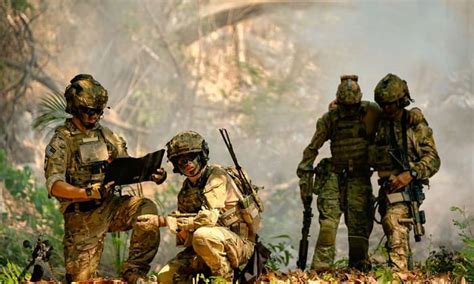

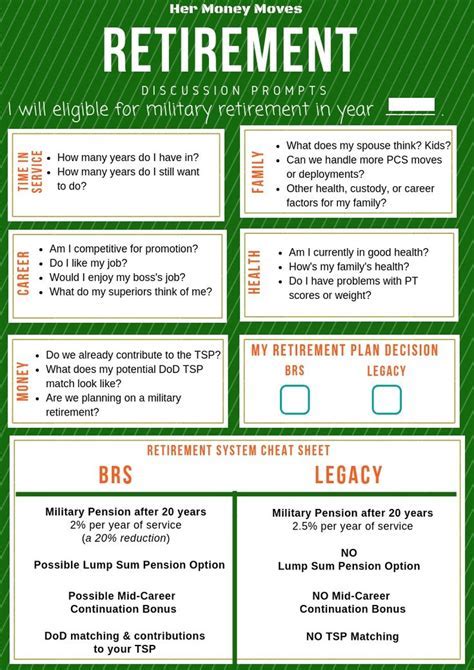





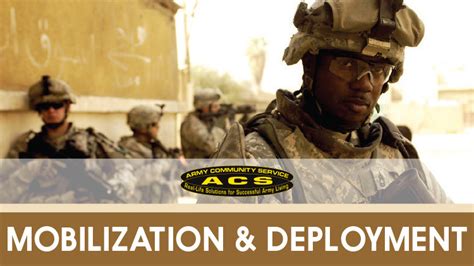

In conclusion, the differences between reserve and active duty are substantial. From the nature of service to education benefits, the implications of each choice can significantly impact an individual's career and personal life. Whether you're looking for a full-time career in the military or a part-time commitment, it's essential to understand the pros and cons of each option. We hope this article has provided you with a comprehensive understanding of the 5 key differences between reserve and active duty.
We'd love to hear from you! Share your thoughts and experiences with us in the comments below. What do you think are the most significant differences between reserve and active duty? Have you served in the military? Share your story with us!
